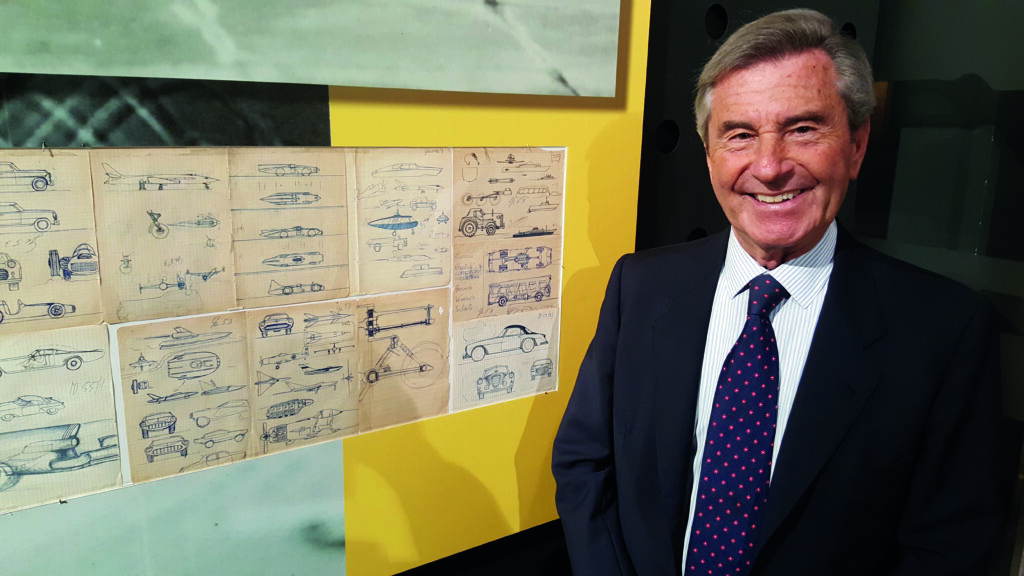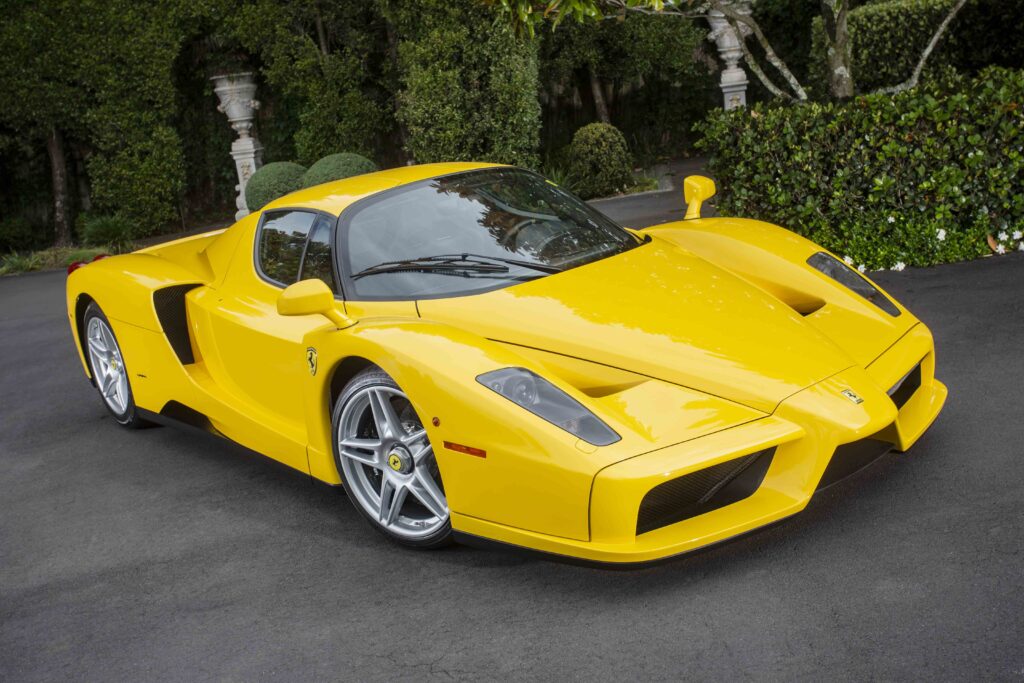
Leonardo’s lighting legacy
Ferrari owner and enthusiast Roger Adshead got to wondering where the simply beautiful twin tail lamps that are a signature of many Ferraris came from and what inspired them. It led him on a fruitful journey…
There are no more defining or memorable Ferrari design cues than a pair of twin circular tail lights, which find their echo in the rear valance in two pairs of circular exhaust tips.
Introduced fifty years ago by Pininfarina designer Leonardo Fioravanti, this charismatic Ferrari identifier has more than stood the test of time.
They first appeared on the Dino 206, and then on the 365 GTB/4 Daytona, two of Signor Fioravanti’s most revered designs.
Unlike Pininfarina’s trademark slim vertical tail lights of the 1960s, which subsequently found their way onto the mass-produced Austins, Morrisses, and Peugeots of the period, the twin circular tail lamps remain emblematic of Ferrari supercars and sportscars.
Some earlier Corvettes copied them, and they have been partially mimicked by Golf Mark V and Honda Civics of similar vintage, and it’s probably no coincidence they added some visual flair to Nissan’s high-performing Skylines, but they have been a recurring theme on Ferraris right through to its latest designs.

